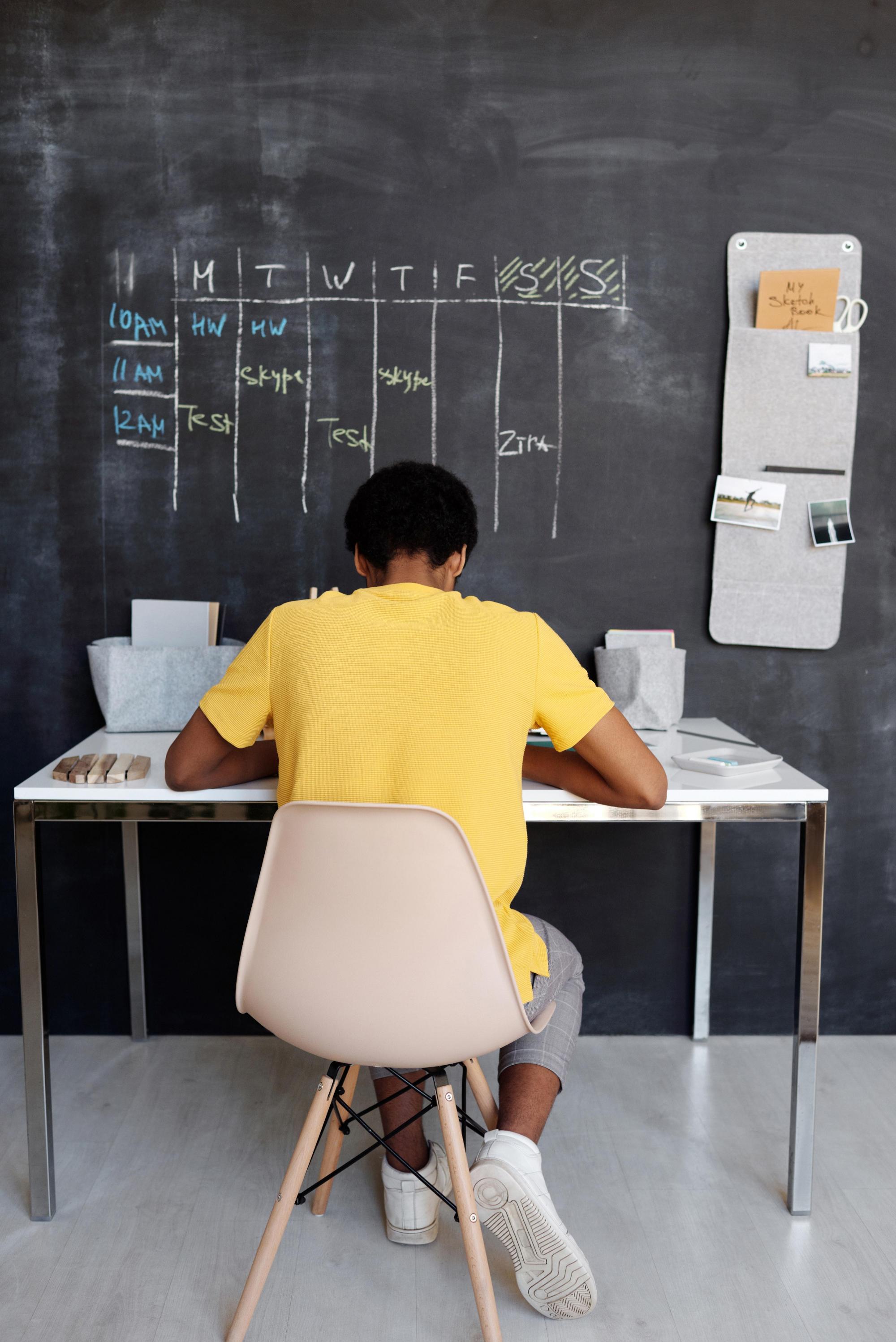 According to the United Nations (2020), school closures in response to COVID-19 have impacted 94% of the world’s student population. COVID-19 has not only disrupted schooling, but has also significantly affected families’ health and socio-economic circumstances, and children and young people already experiencing disadvantaged circumstances will potentially be at risk of poorer educational outcomes as a result. As a result of school closures, Pillar 1 was a rapid assessment that provides a summary of the key research activities for the first stage of the Learning through COVID-19 project.
According to the United Nations (2020), school closures in response to COVID-19 have impacted 94% of the world’s student population. COVID-19 has not only disrupted schooling, but has also significantly affected families’ health and socio-economic circumstances, and children and young people already experiencing disadvantaged circumstances will potentially be at risk of poorer educational outcomes as a result. As a result of school closures, Pillar 1 was a rapid assessment that provides a summary of the key research activities for the first stage of the Learning through COVID-19 project.
Pillar 1 Report: Key Findings
- The recent literature about the potential impacts of COVID-19 on education deals mainly with the immediate consequences of school closure.
- The consequences that impact on student educational outcomes fall into four categories: teacher capacity; lost learning and student engagement; student mental health and wellbeing; and parent and carer support.
- The educational disadvantage of the three cohorts of children and young people identified in the Learning through COVID-19 project could potentially worsen as a direct result of COVID-19.
- The risk factors for educational disadvantage that are likely to be exacerbated by COVID-19 are a result of compounding risks that are experienced by the students as a result of their individual, family, school and community circumstances.
- Current government responses mainly offer a ‘broad brush’ approach, with limited evidence to suggest consultation and co-design with students and their families, or targeted and tailored actions that recognise the risk factors and address the needs of students experiencing disadvantage.
- There is currently a lack of strategies or plans across the States and Territories for addressing the longer term impacts of COVID-19 on the education outcomes of already disadvantaged students and student mental health.
- Early commentary on the likely immediate education impacts and responses to COVID-19 fall into four categories: digital equity; student engagement; student mental health and wellbeing; parents and carers.
The findings from Pillar 1 about students’ risk factors and the likely impact of COVID-19 will be validated and expanded upon by consulting with families, children and young people from the three cohorts as part of the Pillar 2 activities.
Enquiries
Tyrone Ridgway | Deputy Director (Strategy & Operations)
Download the Pillar 1: Summary Report
Download the Pillar 1: Full Report
